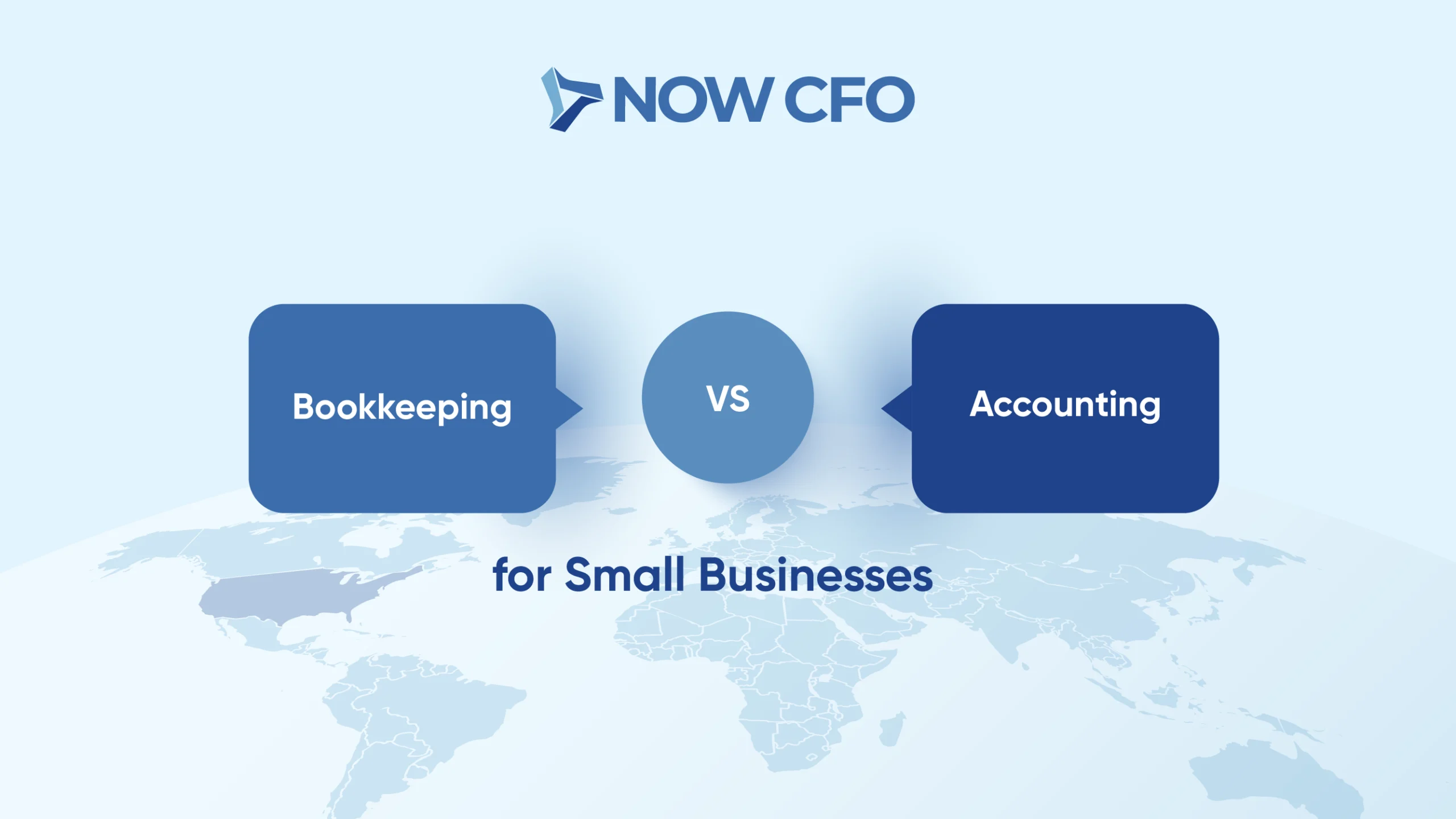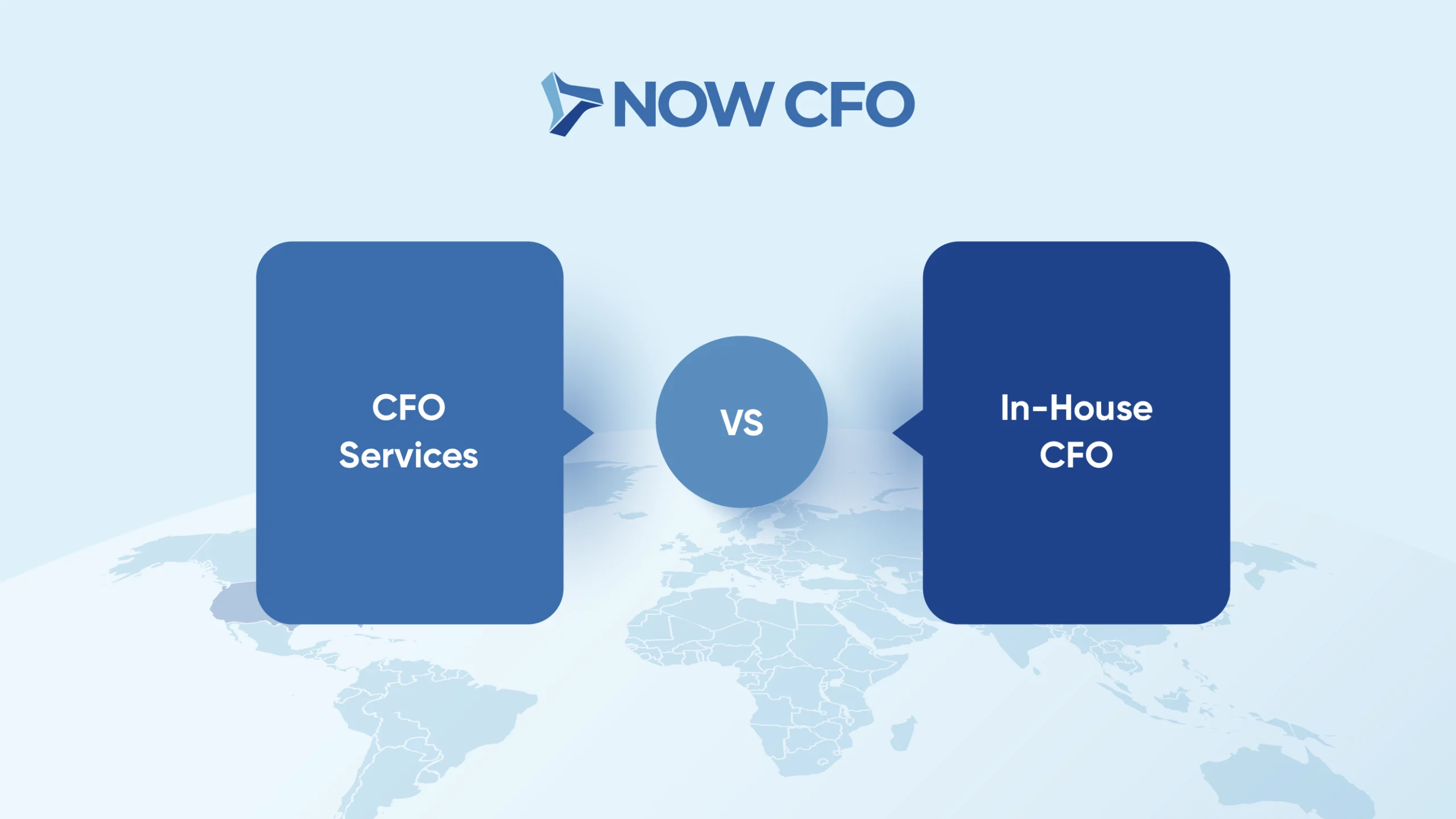
In an economic downturn, knowing your business’ break-even point is necessary for survival. There is a significant risk of allowing expenses to outpace revenue if expense analysis is not a continuous focus. During an unstable period, your revenue fluctuates, making frequent adjustments necessary. And, even when the economy is stable, every business owner should conduct a break-even analysis to determine the business’ viability, create financial projections, seek additional funding when needed, and make financially prudent decisions.
Why Conduct a Break-Even Analysis?
Simply put, businesses must understand the minimum amount of capital or cash they need on a weekly basis to maintain their operations. Established businesses must know which areas of their company can and should be reduced if they are unable to maintain a steady cashflow. For start-ups, a break-even analysis can help pinpoint how much seed money or capital needed to get the business up and running.
Finding your break-even point allows you to prioritize functions within the company that will aid or hinder success, establish accurate operating costs, and evaluating the timing of your business’ cash flow. Additionally, businesses often overlook monthly recurring payments, especially when they are automatically withdrawn. A break-even analysis provides an opportunity to verify that you aren’t paying for unnecessary expenses, such as old employee accounts or uncancelled trial services.
How is the Break-Even Point (BEP) Calculated?
In general, the formula to calculate the break-even point (BEP) is
fixed costs(price−variable costs)fixed costs(price−variable costs). The exact calculation can vary by industry, as well as the component you want to analyze, such as units or sales dollar. Additional variables to consider include the following:
Fixed Costs
Fixed costs are not affected by the number of items sold, but rather include regularly occurring fees, such as rent, utilities, or fees paid for services or equipment.
Contribution Margin
The contribution margin is calculated by subtracting variable cost from selling price. The contribution margin shows how much of the revenue will be available to cover fixed costs and, for any leftover amount, contribute to net profit.
Contribution Margin Ratio
This is calculated by dividing the contribution margin by sales and expressed as a percentage. The closer the ratio is to 100%, the better. With the contribution margin ratio, you can determine what needs to be done to break even.
If calculating the BEP or implementing decisions based around the BEP feels overwhelming, this is an area in which seeking fractional CFO consulting may be beneficial. A fractional CFO can establish the initial BEP and construct a strategic plan to ensure that your business’ expenses do not outpace revenue. Fractional CFO consulting is often best for project-based needs, as you can receive the necessary expertise and oversight while saving on hiring costs. A fractional CFO can provide the plan, and your accounting team can maintain the day-to-day.
Building in Safety Margins
When determining your BEP, a good practice is to include a flat-percent safety margin to account for variances. This eliminates surprises if significant changes occur. Depending on your business’ current cash flow, a 10% safety margin is generally sufficient, though you may increase the percentage if your business is less stable.
The safety margin should equal two weeks’ worth of critical business functions that the organization relies on. This can include payroll, commission payments, advertising and marketing, or costs needed for software.
Where are the Next Steps?
Once the BEP has been calculated, you can prioritize the departments and functions that are key contributors to the survival of the business. (This is also a good time to determine which less-essential expenses can be reduced or eliminated.) Next, assign the true cost of each department, and seek to understand their relevant cash flows. Then, you can create contingency plans if the BEP determines that cash flow is not sufficient to support the necessary departments. These decisions are often difficult, and can entail reducing your employee headcount, seeking additional funding, discontinuing a product or service, eliminating departments not necessary to survival, or pivoting to a new revenue-producing activity.
Your contingency plans don’t always have to lead to big cuts. Smaller, easier-to-execute actions can include:
- Seeking an external relief option, such as a federal small business loan
- Taking measures to shorten your business’ cash cycle
- Requesting a temporary deferral on a recurring payment
- Shifting your workforce to be remote, allowing you to save on rent
- Renegotiating terms where there is potential flexibility
- Requesting rebates or discounts from insurance policies
This is another area in which seeking out fractional CFO consulting could help—you don’t have to carry the burden of difficult decision-making on your own. Rather, utilize the expertise of someone that has years of industry experience and can help you create and implement a contingency plan.
The final step is to conduct a stress test, which can determine your business’ likelihood for survival if your BEP cannot be met, or if the recession worsens. To conduct a financially minded stress test, start by using your 13-week rolling cash flow forecast as a base. Variables within the forecast can be changed to analyze how different scenarios will impact the state of your business. These variables could include a decrease in customer count, delays in AR, expenses outpacing revenue, or any challenges you anticipate in your specific industry. A stress test can tell you, for example, how pausing your marketing efforts might impact overall revenue.
Keep in mind that the break-even point should be calculated more often in times of economic instability. You may similarly want to reevaluate the BEP when your business undergoes a significant change—the headcount increases or decreases, sales slow down, the supply chain is disrupted, or collections are delayed. The ultimate goal is always to have maximum visibility into your company’s financial position, allowing you to have greater peace of mind.














